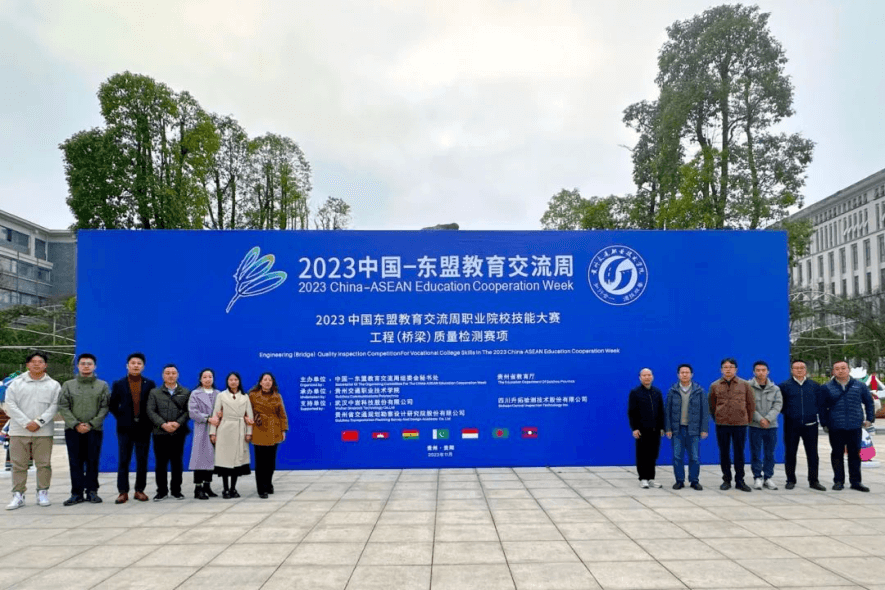Surface defect detection of armored vehicle fillet weld-application of ACFM technology in military equipment field
1 Inspection background:
Armor steel has good comprehensive properties, but in the welding process, due to the welding process, there will be incomplete welding and non-fusion. At the same time, due to the influence of welding heat input, the organizational structure will change, and welding cracks will also occur in welded joints and heat-affected zones, making welding seams and heat-affected zones often become the weak link in the protection and corrosion resistance of vehicle welded structures. It is the sensitive failure point of the vehicle under the working condition.
2 Inspection status:
For armored vehicles in service, the armor thickness is generally covered with a coating with a thickness ranging from 1mm-4mm on the surface, and due to the harsh use environment, the surface coating may have damage, attachments, etc. Magnetic powder, penetration and eddy current methods are currently used to detect defects on the plate surface and near the surface. However, the former two methods must be removed from the surface coating of the vehicle before detection, and the eddy current method can only be applied in the case of thin coating (1-2mm).
3 Test method:
Ac electromagnetic field detection (ACFM) is a non-contact nondestructive detection method for surface or near-surface defects based on the principle of electromagnetic induction. By increasing the signal strength, reducing the signal frequency, and improving the attenuation algorithm of the signal in non-conductor materials, the workpiece detection under the protective layer of 5mm thickness is realized.
4 Technical advantages:
1. It is not necessary to remove the surface protective layer during the detection, avoid the grinding work required by ordinary magnetic powder and penetration detection, and improve the detection efficiency;
2, can detect near surface defects, make up for the lack of penetration detection can only detect surface opening defects;
3, the detection depth of carbon steel can reach 3mm, compared with the eddy current test of 1-2mm, the detection range is wider;
4, no consumables, cost saving, no pollution to the environment.

5 Typical applications:
1, armored vehicle body fillet weld detection;
2, armored vehicle frame weld detection.



